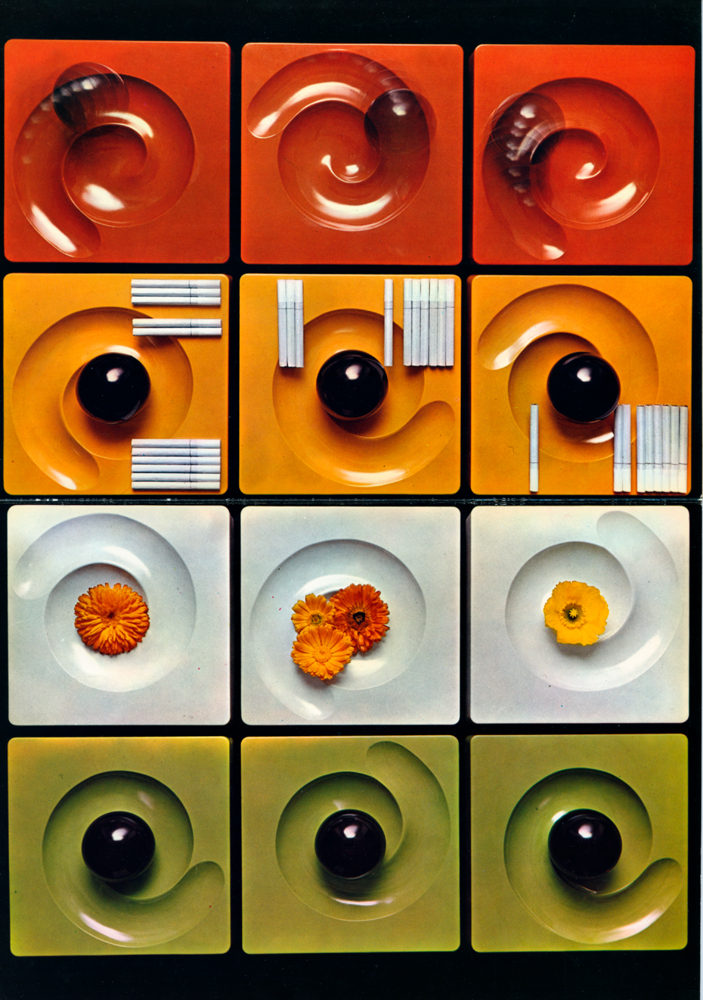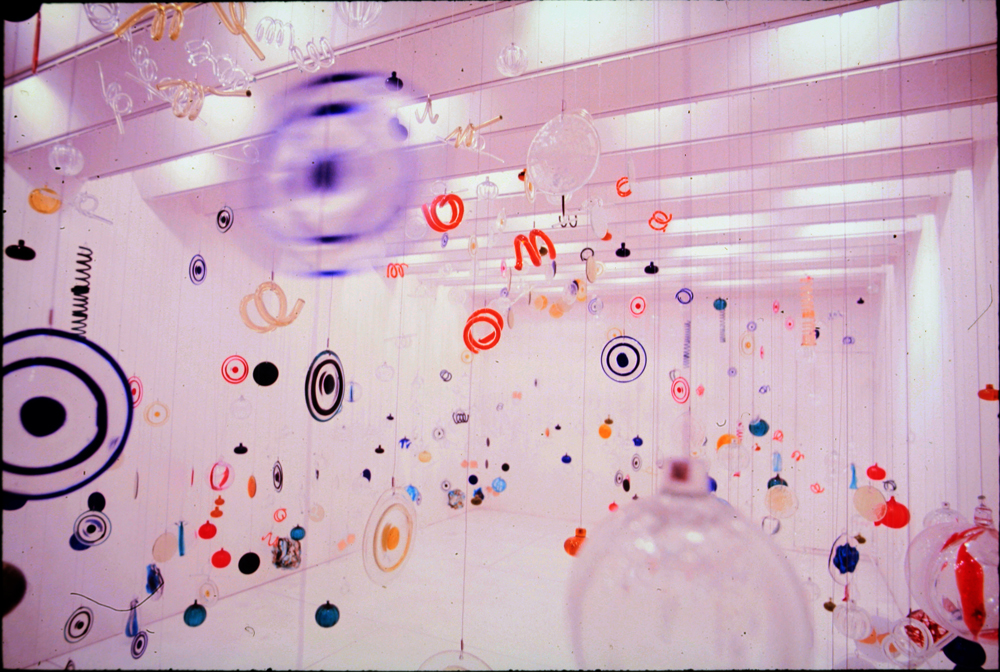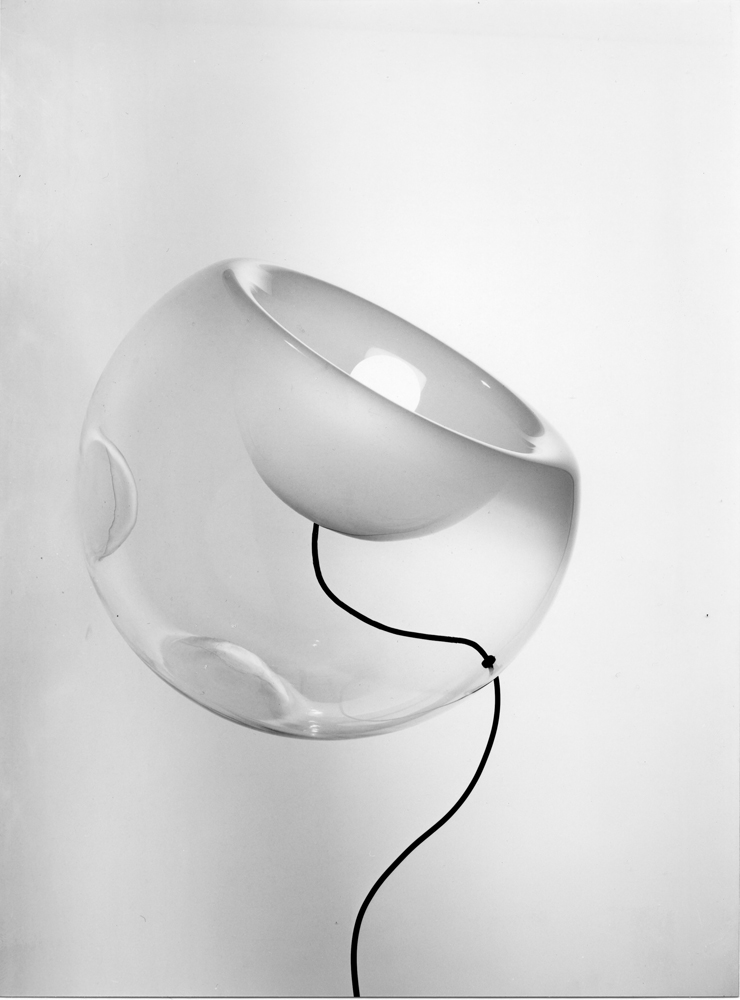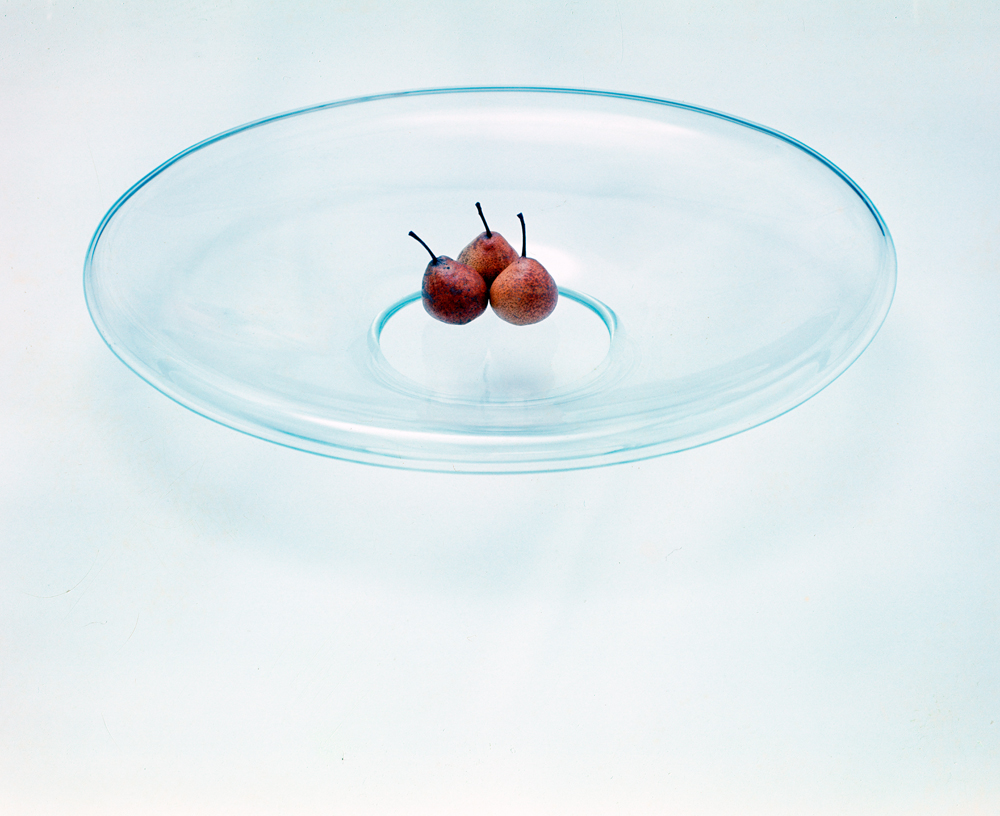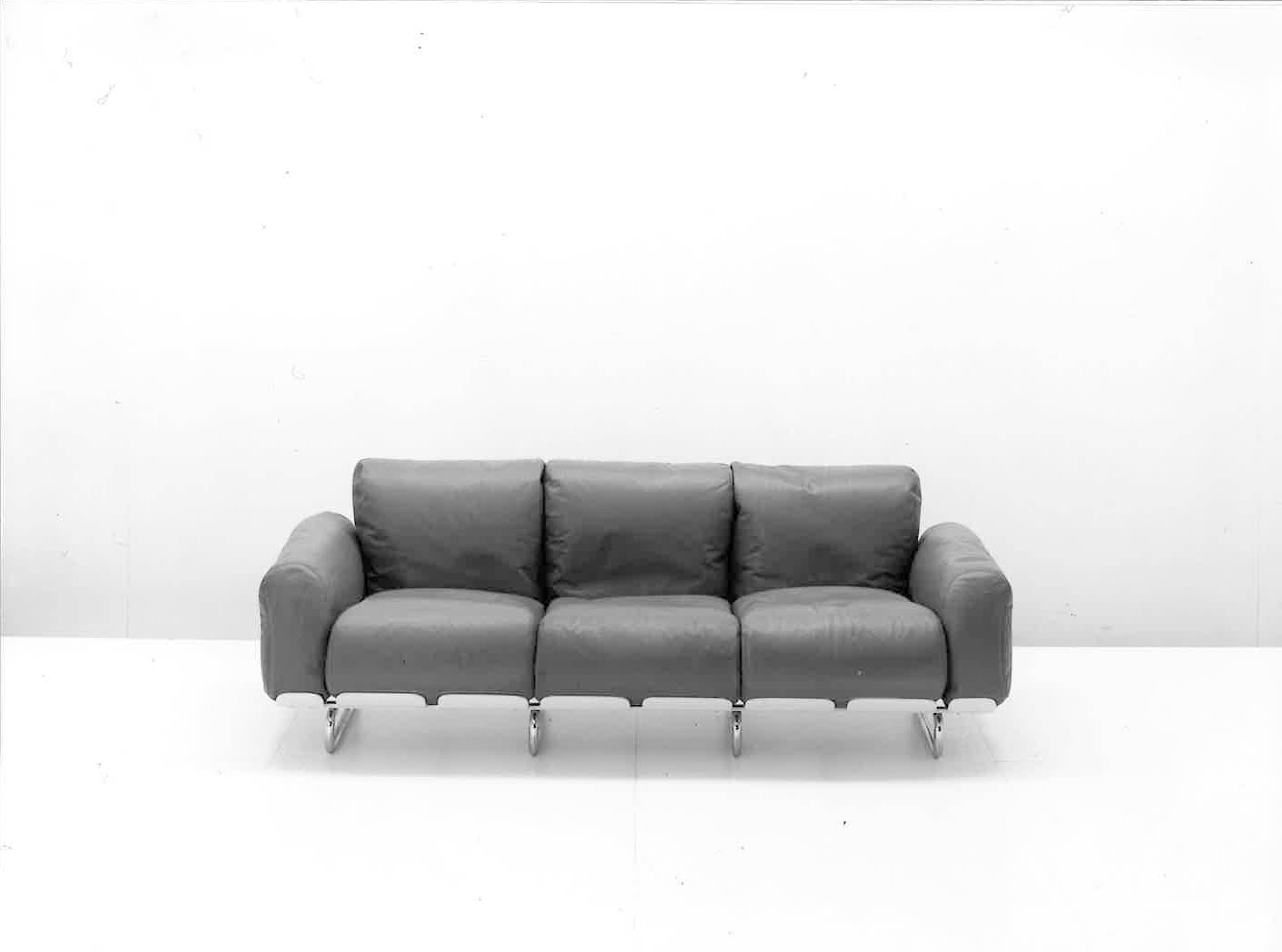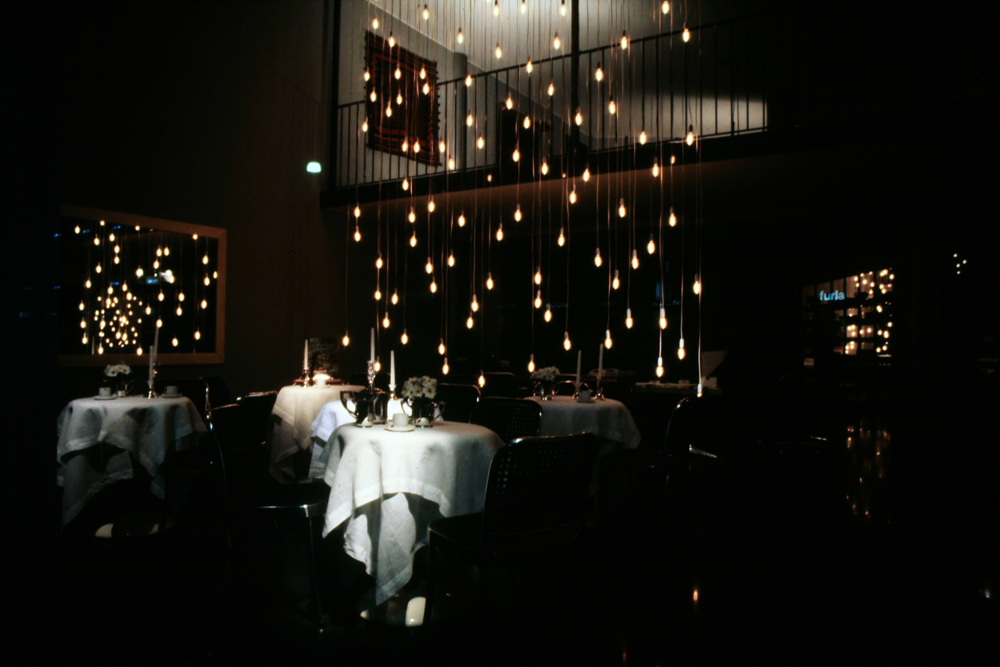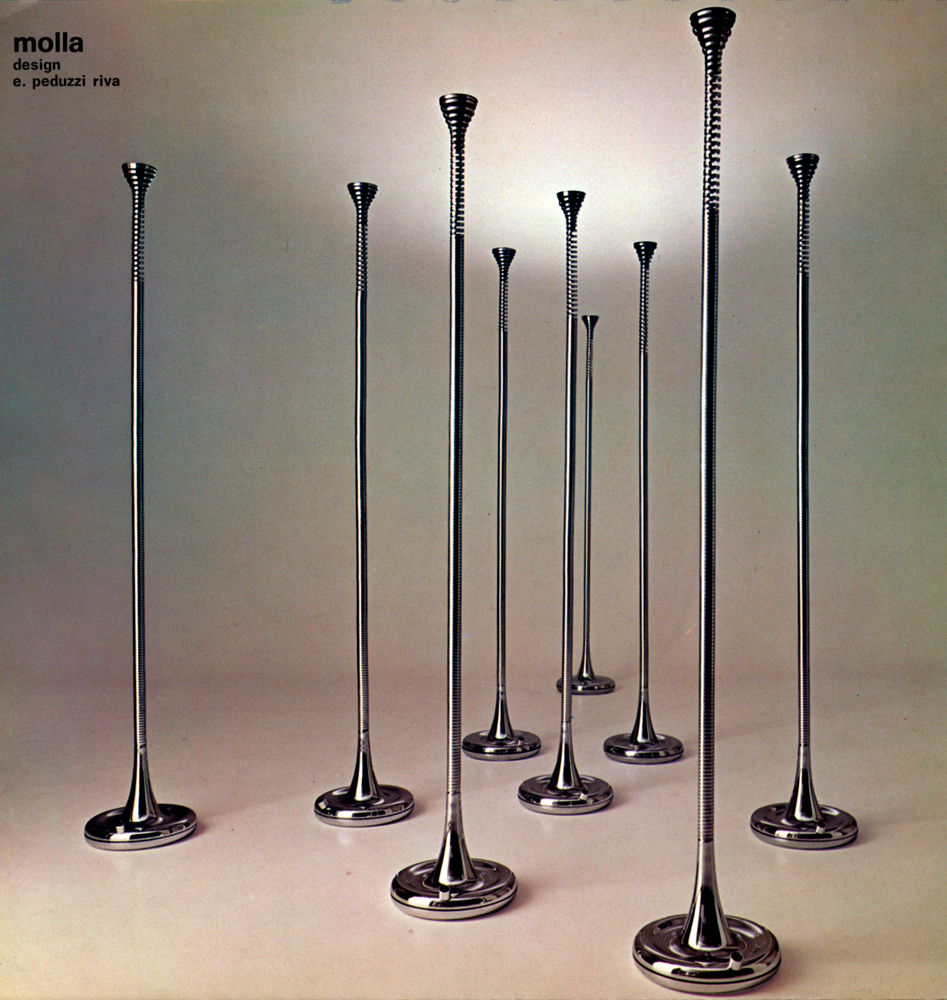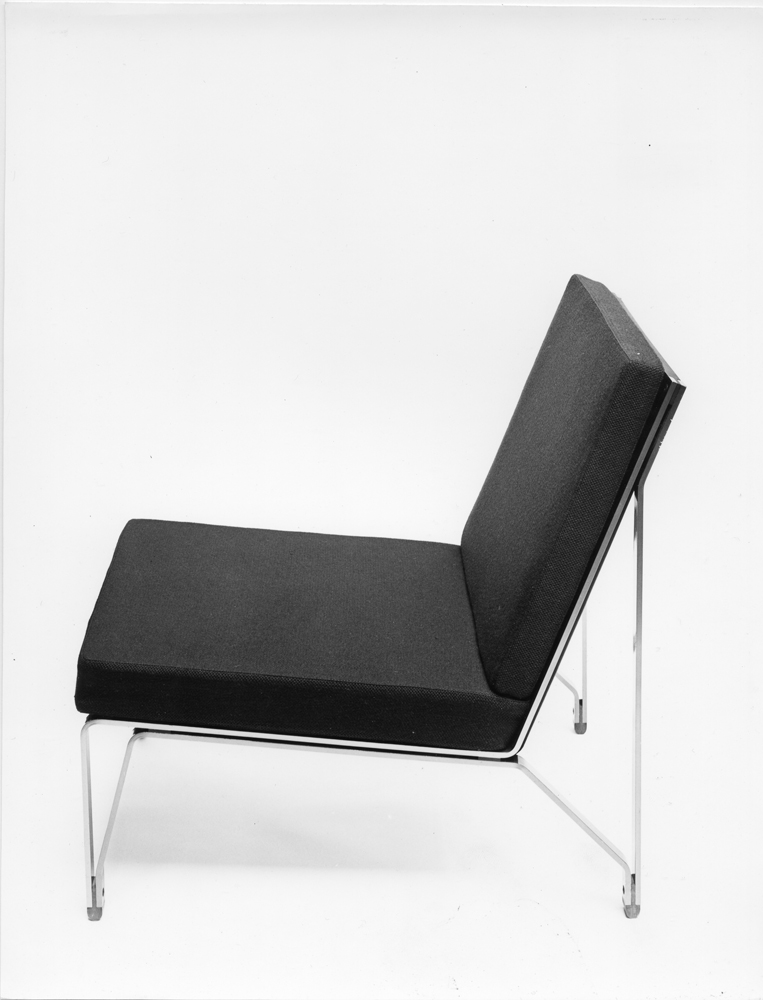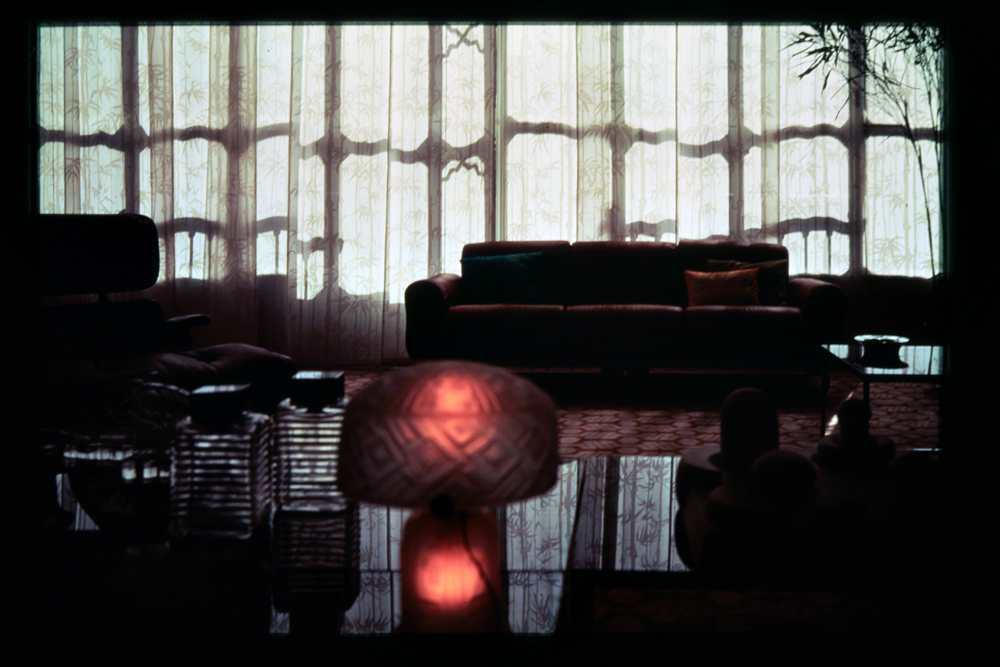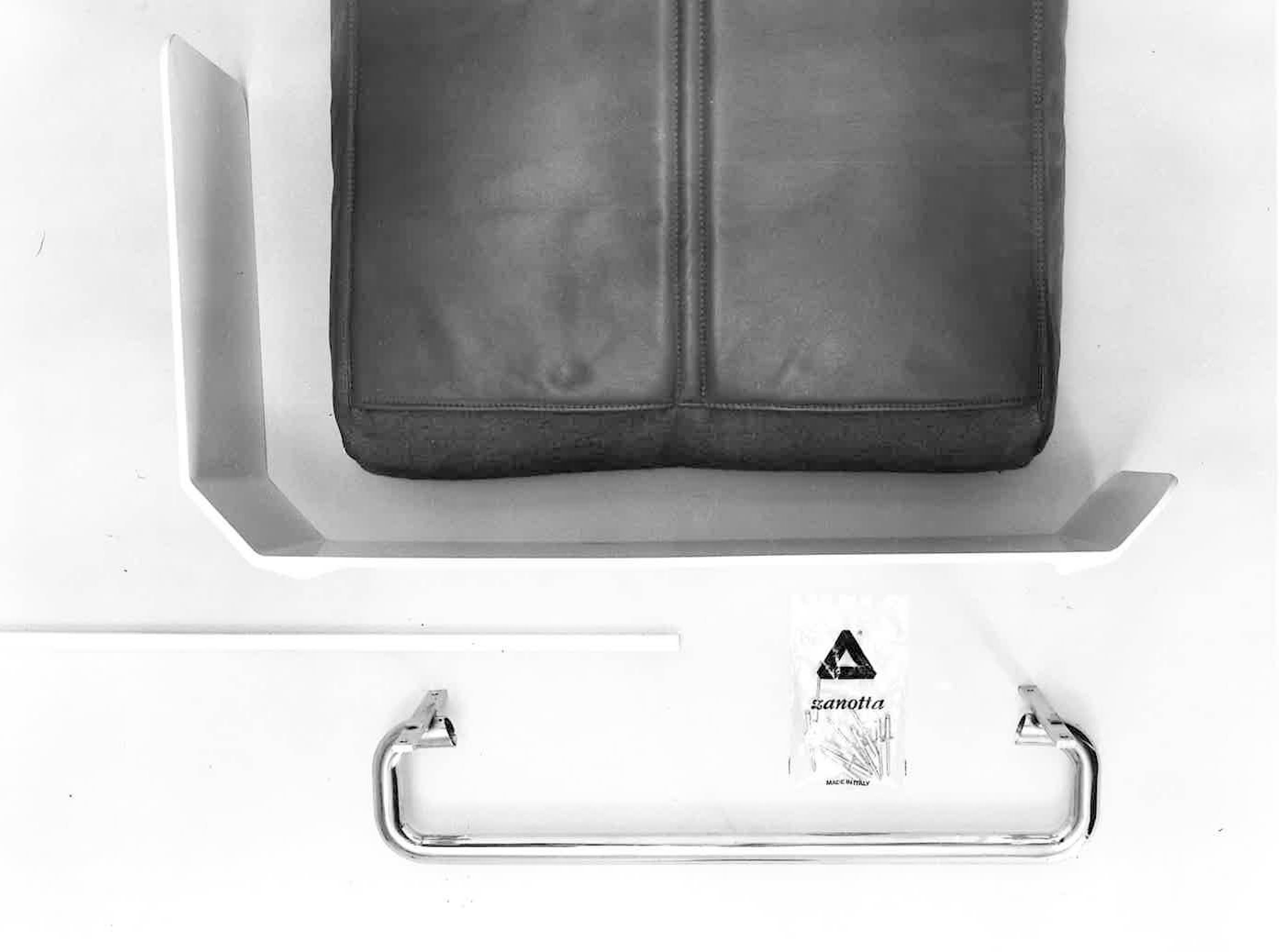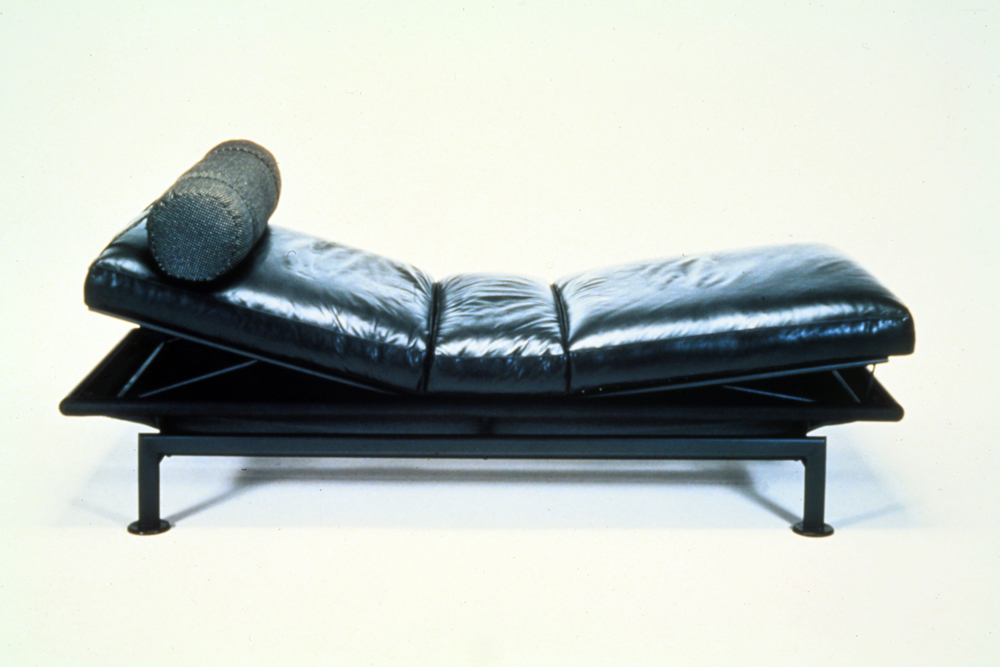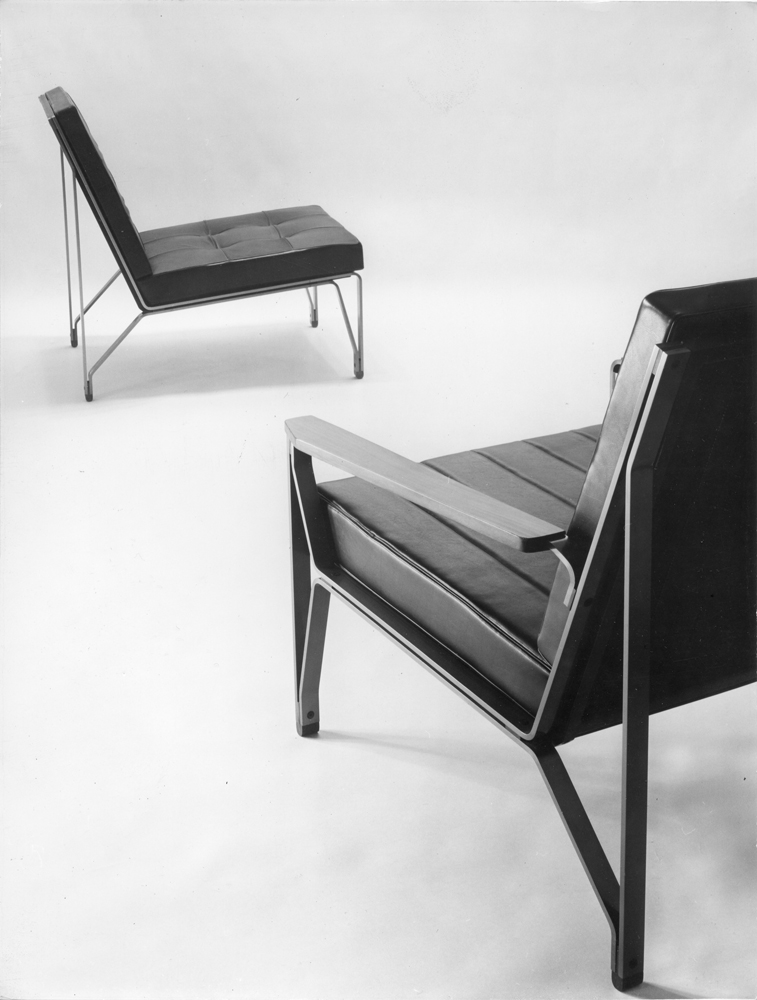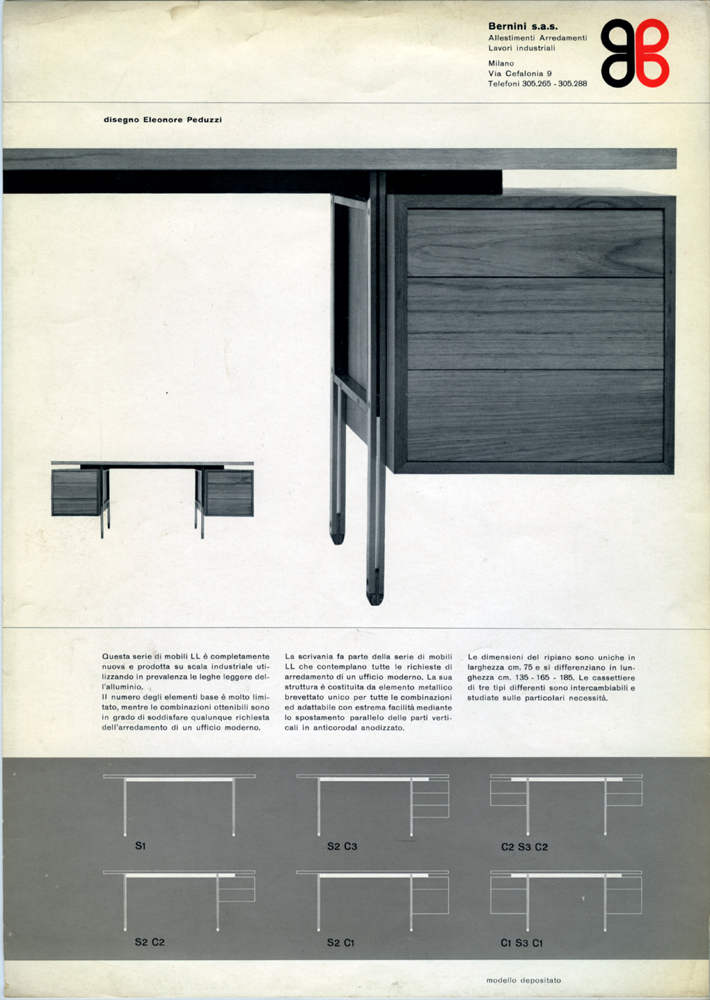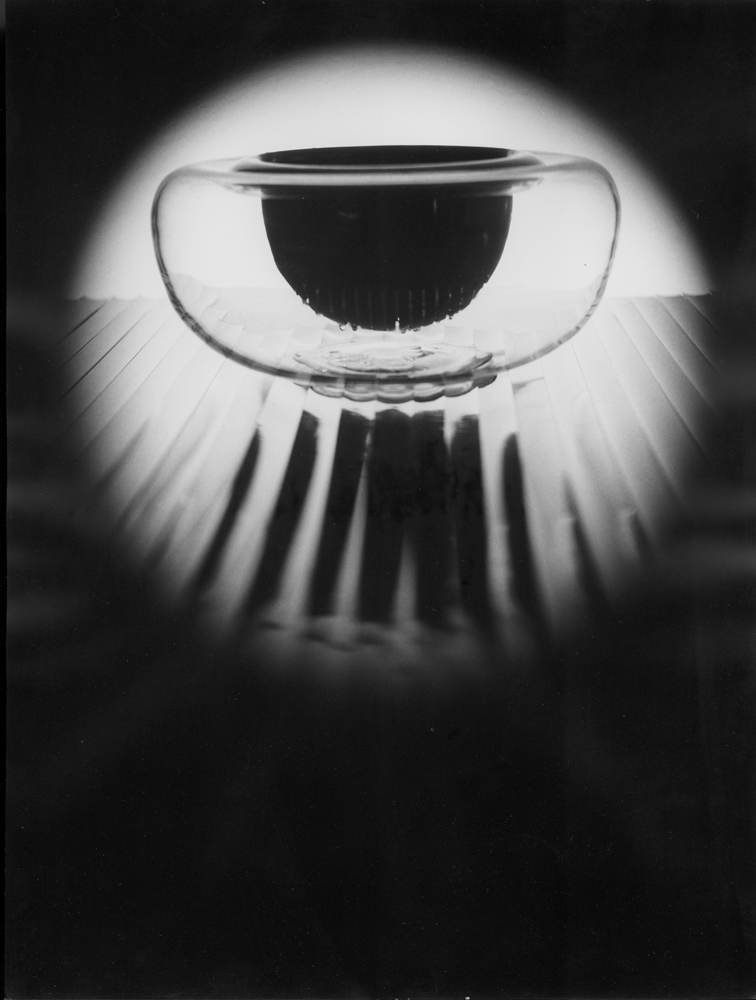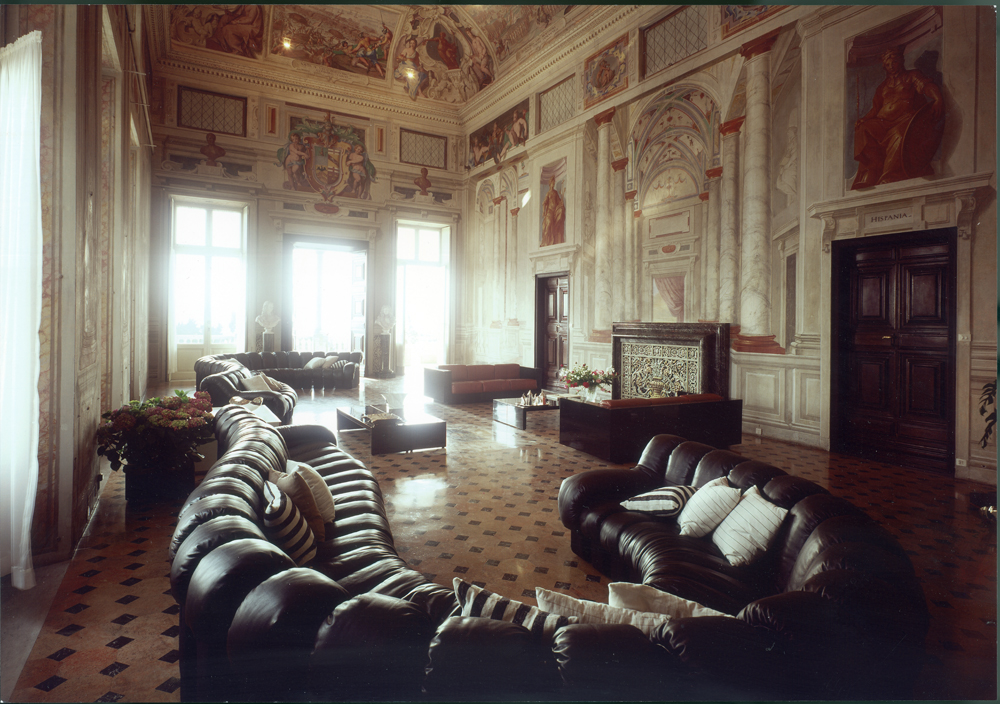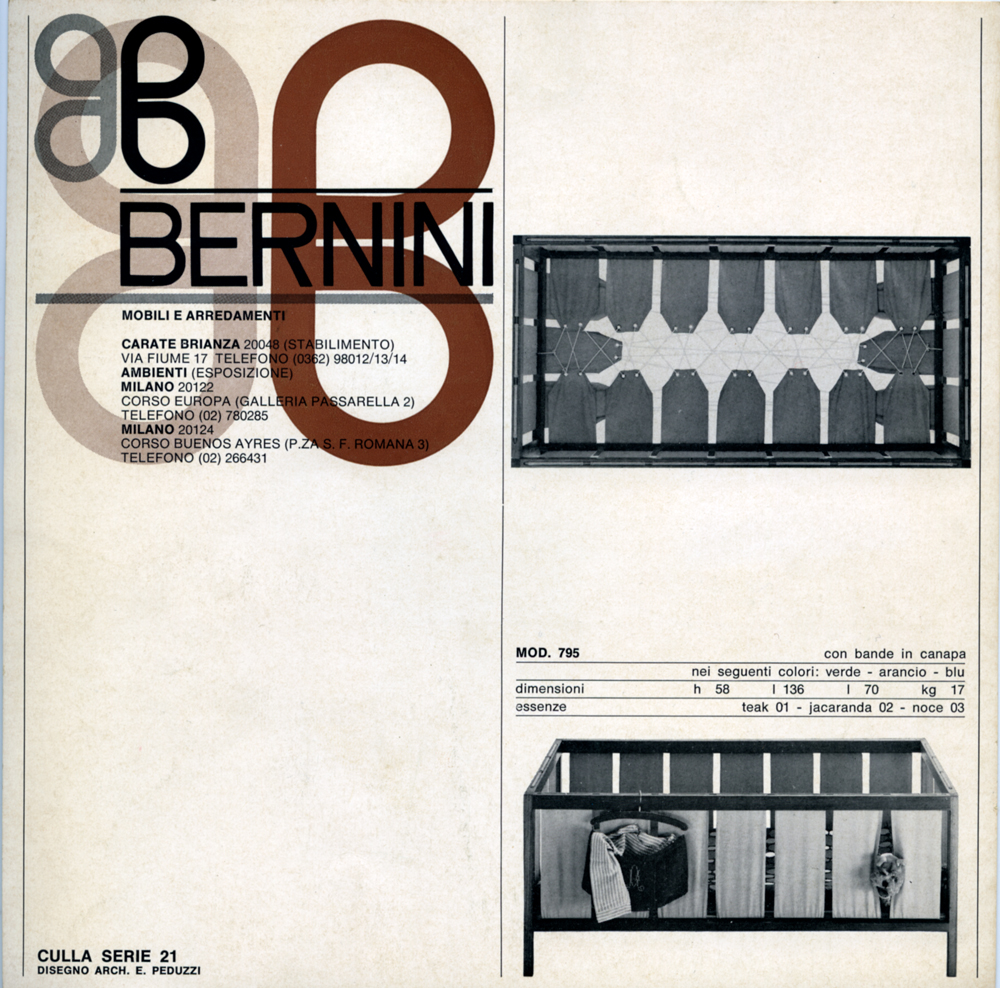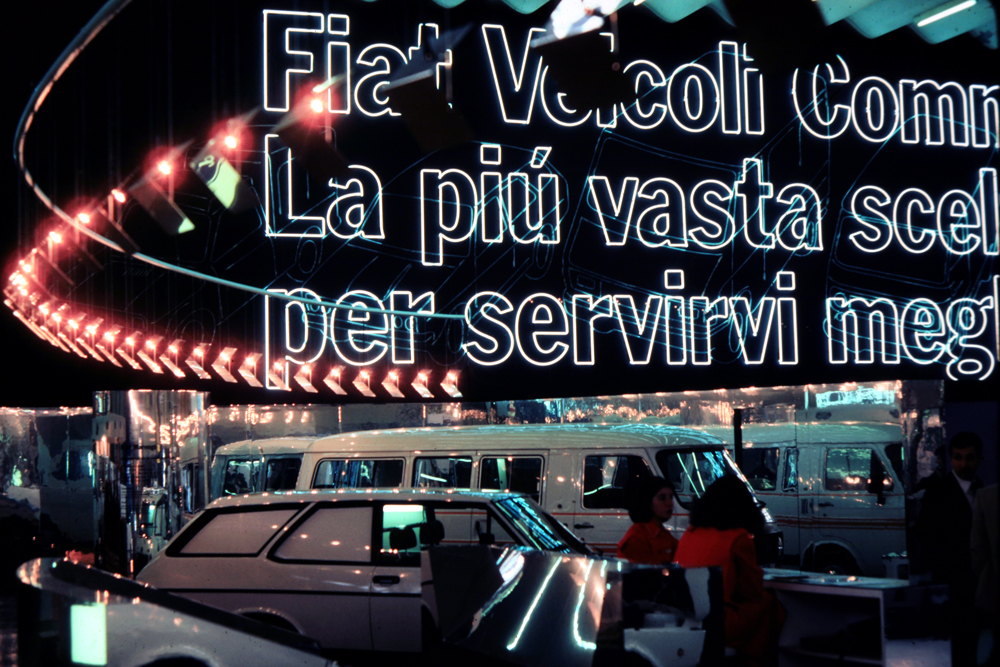Eleonore Peduzzi Riva
Video: Adrian Graf, Zürich & Julia Ann Stüssi, Zürich
Graphic Design: Ard.works (Guillaume Chuard), Lausanne / London
Music: Alors. Music for Visuals, London.
Thecreative dimension of working together
by Francesca Picchi
Instinctively modern, the designer Eleonore Peduzzi Riva’s expressive impact springs from every corner of creative life. From interior and exhibition to product design. And from there to creative art direction, which she treats as a complete corporate outlook rather than focusing on a single industrial achievement. Thus in her all-inclusive approach everything is design; every new product can only stem from a web of relationships and teamwork underpinned by multiple contributions. “A product will inexorably originate from the combined efforts of numerous different disciplines,” she states. It is the relationships that matter, rather than the expression or features of one individual. In this respect, Eleonore Peduzzi Riva cultivates an idea of design as an open system, with a predilection to coordinate and provoke, to spark fresh dynamics and to foster teamwork. She is generally more interested in connections than in the expression of a finished, closed and definitive form.
Eleonore Peduzzi Riva was raised in Basel, a cultural hub bordering on three different countries and hence naturally suited to cooperation and diversity. In Basel she consolidated her instinct for modernity while attending the Allgemeine Gewerbeschule Basel. She studied there under Paul Artaria, a pioneer of Swiss architecture from whom she acquired a solid vision of all things modern.
As an interior architect, Peduzzi Riva says she always felt uncomfortable defining spaces or objects in closed and definitive formats. She prefers to offer users the means with which to create their own living environment. And that explains why she likes to produce programmes and systems, catalogues and simple manuals, or in any case to think of her designs as open systems of modules to be freely assembled: as in one of her best-known works, the DS 600 modular sofa, designed in 1972 with Ueli Berger, Heinz Ulrich and Klaus Vogt for De Sede.
Blessed with exquisite vitality and a contagious warmth, Eleonore Peduzzi Riva applies her enthusiasm and open-mindedness to all things elegant and modern, to any new richly potential adventure. Having moved to Milan in the late 1950s to attend the Politecnico Architecture Faculty, she immediately felt at home among the young Milanese architects and artists who were eager to build a different, more open society free from academic conventions and formalities. Those were years full of faith in the future. Peduzzi Riva plunged into the midst of this creative excitement and took part in the most experimental and inventive developments. She began to mix with people like Gio Ponti, Cesare Cassina, Ernesto Gismondi, Aurelio Zanotta, Luciano Vistosi, Elio Fiorucci and Maddalena De Padova, and these contacts eventually led to many fruitful associations, the longest of which - lasting more than fifty years - was with De Padova.
When, early in her career, she started an architectural practice with her engineer husband Sandro Riva, she noticed that there wasn’t much modern furniture around. So she set about devising a system that would enable her to develop a flexible series of wide-ranging furniture. Later on, when she was commissioned by the Swiss record producer Walter Gϋrtler (whose artists included Adriano Celentano and Franco Battiato) to design his new offices at via San Vittore in Milan, she contacted the furniture maker Cassina and Bernini. As a result, they engineered and catalogued her manufacturing system. Based on a single flat aluminium profile (hence the name “Lega Leggera" (light alloy), it enabled main furniture types to be assembled and disassembled with the utmost ease. That was in 1959, and this system was Peduzzi Riva’s first industrial design project. Gio Ponti appreciated its structural clarity, essentiality and flexibility and duly published it in his Domus magazine. Ponti was struck by how “the parts of tables, desks and cabinets can be assembled and interchanged in so many different ways”. This first project clearly shows how Peduzzi Riva’s systematic approach, which led her to conceive open, flexible, collapsible, reconfigurable, and easily assembled designs, was focused on user freedom.
In her own way, Eleonore Peduzzi Riva is interested in anything that could advance her discipline. While experimenting with new materials (from plastic laminate to blown glass), she also encourages spontaneous behaviours. But it is industry, or rather industries to be understood in all their complexity, that are the cornerstone of her work, and on them that her interest was concentrated in the 1980s and 90s. The idea of designing a company’s reputation induced her to become an image and coordination consultant for numerous brands including Abet Laminati, Fiorucci, ICF De Padova, Mira-X, Ponteur, Vistosi and Samit. For these companies she prepared catalogues, picked designers, created exhibition designs and coordinated cultural and promotional events. She has a wonderfully open idea of how she can contribute, by working with companies and through their products, to make a really better impact on the quality of life: “We started out with the illusion that we could improve the lives of our contemporaries through our work,” she says, “and in many cases we have succeeded”.
Francesca Picchi, architect, journalist and independent curator, teaches Design History and Criticism at the ISIA in Florence.


